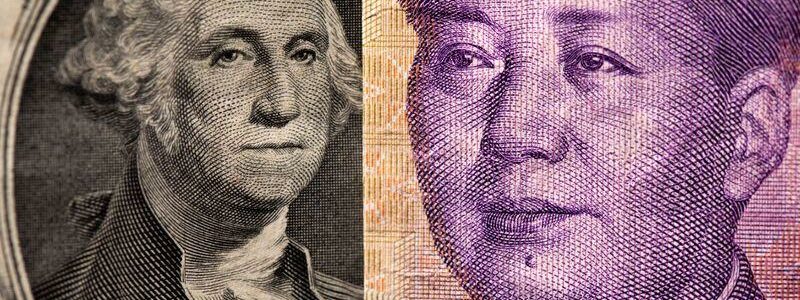
Dollar plumbs Jan lows as inflation jitters ebb; yuan jumps past 6.4 per dollar
LONDON (Reuters) – The dollar hit 4-1/2 month lows against a basket of peers on Tuesday, as insistence from the U.S. Federal Reserve that policy would stay pat calmed fears about inflation forcing rates higher, while China’s yuan strengthened past 6.4 to the dollar.
The onshore yuan opened at 6.4110 per dollar and jumped to a high of 6.4016, the strongest since June 2018 and a tad below the psychologically important 6.4 per dollar level.
China’s major state-owned banks were seen buying U.S. dollars at around 6.4 yuan per dollar on Tuesday in Asia, sources said, in a move viewed as an effort to curb fast yuan appreciation to breach the key level.
Investors are heavily short dollars in the belief that low U.S. rates will drive cash abroad as the world recovers from the pandemic.
They have become leery of adding to positions after an April leap in inflation cast doubt on the policy outlook, but seemed to find reassurance in data and Fed remarks overnight.
The dollar index softened as much as 0.3% to 89.533 in Europe, adding to its 0.2% overnight loss to take it to its lowest since Jan. 7. The euro crossed last week’s four-month peak at $1.2245 to hit $1.2262, up 0.3% on the day.
“They (Fed speakers) are maintaining the transitory inflation narrative which is pushing back any notion of tapering, which is keeping U.S. nominal yields on the defensive but breakevens are moving higher so real yields are moving further into negative territory and that’s maintaining the weaker dollar narrative,” said Jeremy Stretch, head of G10 FX strategy at CIBC.
The U.S. national activity index reading of 0.24 against expectations above 1, as well as dovish comments from Fed speakers, provided some backing for the view that any policy tightening is not happening any time soon.
The yield on benchmark 10-year Treasuries hovered at 1.5910%, just above a two-week low, and the dollar also eased on the Australian and New Zealand dollars and the yen.
The yen was last 0.2% lower at 108.92 per dollar while the Aussie and kiwi drifted in the middle of ranges that have held them since April. The Aussie bought $0.7758 and the kiwi $0.7219. [AUD/]
Sterling, which has run up about 1.2% over the past three weeks while other majors have steadied or even slipped, traded flat at $1.4155. [GBP/]
The Turkish lira eased 0.2% to 8.4070 per dollar. Turkey removed Oguzhan Ozbas from his post as central bank deputy governor, replacing him with Semih Tumen, an adviser to President Tayyip Erdogan.
COMES A TIME
Traders have a laser-focus on inflation, the policy response to it and any data or remark that could shed light on either since huge bets on stocks, bonds and currencies are predicated on the assumption that low rates are here to stay for a while.
“Looking ahead, the direction of travel seems to be for further USD weakness in the near-term ahead of the U.S. data and the Fed speakers later today,” said Valentin Marinov, head of G10 FX research at Credit Agricole.
“Further out, the risk to any dollar short view is that the upcoming Core PCE data out of the U.S. could revive investors’ inflation fears and support the dollar.”
Crucial U.S. core consumer price data for April is due on Friday.
Still ahead on Tuesday is a series of U.S. housing updates and a handful of policymaker speeches in Europe, Britain and the United States, which will be parsed for a reading on inflation.
The focus will also be on the Reserve Bank of New Zealand’s Wednesday policy statement, with a risk it may begin to project rate rises.
Cryptocurrencies fell in Europe after making their best attempt at a bounce on Monday from last week’s lows. Bitcoin fell 3.6% to $37,440. Ether fell 6.5% to 2,479, following a 26% rebound on Monday.
Source: Read Full Article